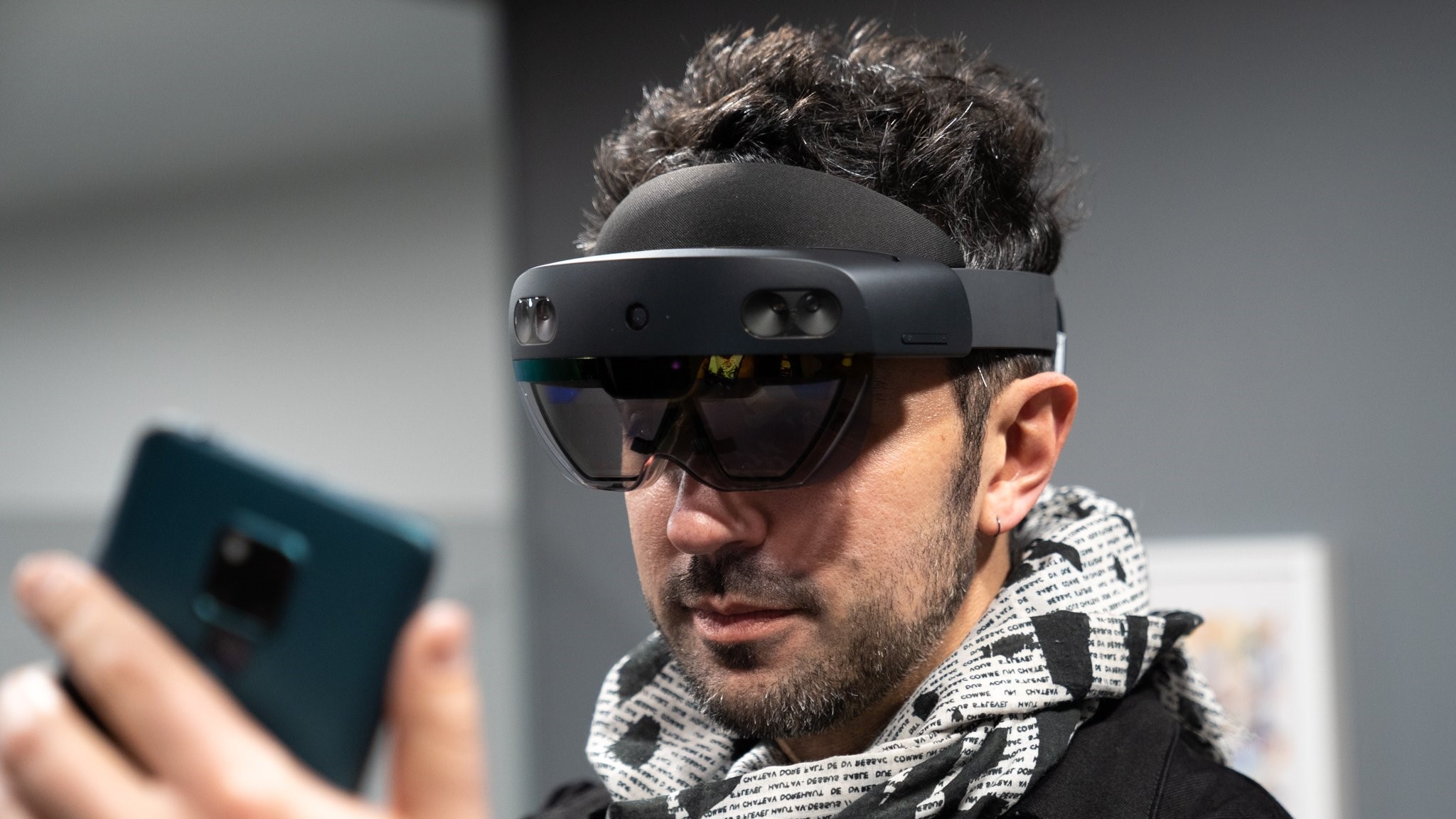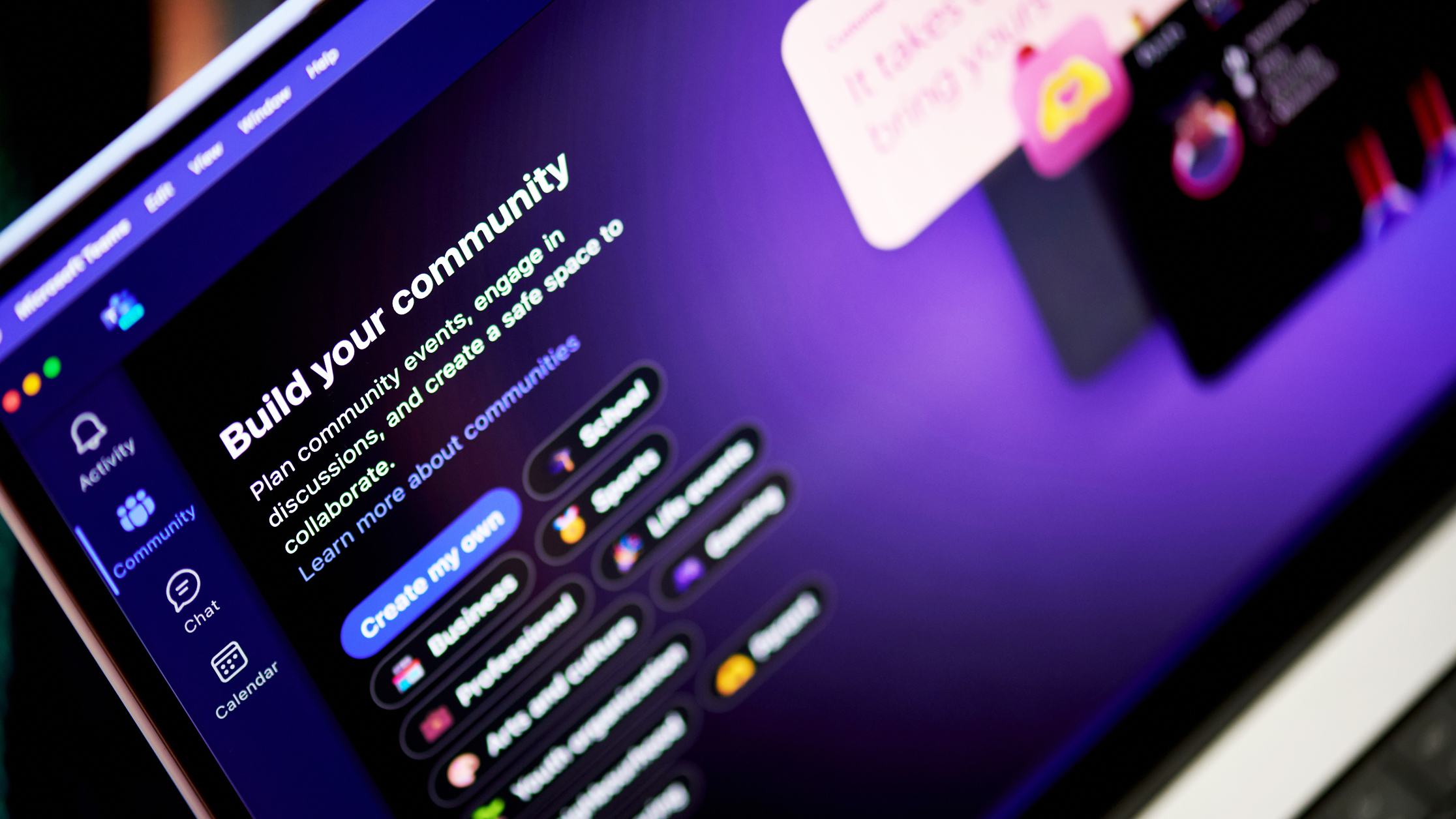This is how a Microsoft designer's "Copilot Veja" concept reimagines HoloLens without glasses — but the ergonomics are still a pain
A fan-made concept shows what HoloLens' future could've been if Microsoft hadn't prematurely pulled the plug on its AR devices.

Last year, Microsoft announced it was discontinuing the production of its HoloLens 2 headsets, without outlining any plans for a future replacement. However, the tech giant will at least support the devices with security updates through December 31, 2027.
HoloLens is just the tip of the iceberg compared to the heaps of products and services that Microsoft sent to its graveyard before they reached their prime. It's the same premise that billionaire and Tesla CEO Elon Musk recently referenced when he suggested he would simulate his own version of Microsoft using AI, calling it "Macrohard," implying that Microsoft is purely a software company that doesn't truly engage in the hardware space.
What if Microsoft decided to give HoloLens another chance, but this time upped the ante with Copilot AI and a radically different design? That's exactly what Braz de Pina did. Microsoft's principal designer took it upon himself to envision an unofficial fan-made concept of a Copilot-powered wearable that could potentially be HoloLens' successor and even rival Apple's Vision Pro and XREAL's new AR glasses (via TechRadar Pro).
The designer named the AI-powered wearable "Copilot Veja", and the futuristic concept adopts a distinct form factor. Unlike Microsoft's HoloLens headsets, Copilot Veja features ear-worn devices equipped with cameras, microphones, and buttons that would collectively enhance the user's real-world experience.
A post shared by Braz de Pina Experiment (@brazdepina.exp)
A photo posted by on
As highlighted by TechRadar Pro, the word "Veja" in Copilot Veja's name comes from a conjugation of "to see" in Portuguese, making it somewhat unusual for the device to lack any visual HUD gear for the user's own eyes, such as camera-equipped glasses or other advanced visor tech.
However, this omission was by design. According to the Microsoft designer, most people already have screens on their phones and smartwatches, rendering an additional display redundant. "But my question is: with capable agentic AI, do I really need to see what the AI tells me? Or is it enough to just hear it?" the Microsoft designer added.
A glimpse of what Microsoft HoloLens's future would've been
Braz de Pina indicated that Copilot Veja fixes one of AI's major flaws — its inability to read context in real time:
"In that case, glasses wouldn’t be necessary—we’d simply be fixing one of AI’s flaws: the inability to read context in real time. An AI that can see what you see and provide instant feedback about your surroundings would allow for quick, natural communication. That’s what Copilot Veja is about. The word Veja is Portuguese for See. It’s a verb. Copilot, see…"
The Microsoft employee's concept includes dual cameras that work together to replicate stereoscopic vision. As such, the device can leverage AI to deeply analyze the environment while simultaneously allowing the user to record content while on the go.
However, the concept designer admits that developing these sophisticated earbuds would present a major challenge, especially on the ergonomics front. "Modeling something quickly using 3D human references is tricky, so forgive me if this still needs some extra polish in terms of fit and proportions," de Pina added.
Based on the earbuds' design, the development of the device seems like it would be a steep uphill task, attributed to the complicated nature of the ear stems, which prioritize comfort and still feature a handful of controls, including a power button, a volume knob, a Copilot button, and a camera trigger.
The AR/VR landscape has taken a major hit with little adoption outside enterprise clients. Tech companies have also faced challenges living up to the high expectations presented during demos in real life. The cost implication and form factor of these devices, which generally lean heavily toward the bulkier side of things, have significantly contributed to their stunted adoption, too.
The concept designer admits that they almost didn't share the idea with the world, but they eventually opened up with a disclaimer: "This is a personal project and is not affiliated with or endorsed by Microsoft. Although I am a Microsoft employee, this work is entirely independent and does not reflect any official Microsoft initiatives. I am not involved in, nor do I have access to, any industrial design projects at Microsoft. My role is focused on UI/UX design."
While it shows great promise, it remains to be seen whether Microsoft will ever adopt the concept, refine some elements, and even potentially progress to the development phase.

Kevin Okemwa is a seasoned tech journalist based in Nairobi, Kenya with lots of experience covering the latest trends and developments in the industry at Windows Central. With a passion for innovation and a keen eye for detail, he has written for leading publications such as OnMSFT, MakeUseOf, and Windows Report, providing insightful analysis and breaking news on everything revolving around the Microsoft ecosystem. While AFK and not busy following the ever-emerging trends in tech, you can find him exploring the world or listening to music.
You must confirm your public display name before commenting
Please logout and then login again, you will then be prompted to enter your display name.

